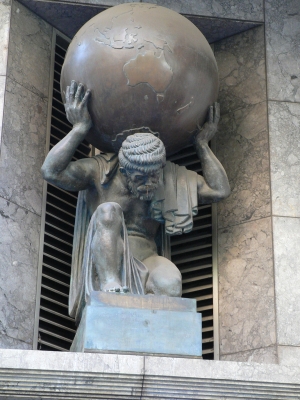
In a seminar last week, Martin Hall, my colleague here at Lund U, presented a paper on state-making among the nomads on the steppes of Central Asia. In the course of the discussion, Martin mentioned that “the Manchu were not nomads.” “What,” I said, “the Manchu were not nomads? Everyone knows the Manchu were nomads!” “No,” Martin insisted, “they were not.”
Why did I think the Manchu were nomads? Two reasons really. First of all since I took it for granted that all the various peoples living to the north and west of China itself were nomadic. Of course there were some, such as the Xixia, Jin or the Liao, who formed states during the Song period. Since they formed proper states they must have been predominantly sedentary, but I always thought of this as a “sinification” of what originally were nomadic tribes. Secondly, and most importantly, since the Manchu emperors of China always invoked nomadic traditions in their rhetoric — horse-back riding, archery and all that stuff.
So was Martin right? Well, as so often it depends on how we define the terms. The word “Manchu” itself was invented only in 1636 — once the invasion of China already was under way — and it was a political rather than an ethnic identity. More than anything it was used as a way for the leaders to rally various groups of people behind a common cause. Ethnically speaking, the Manchu were predominantly made up of Jürchen. By the Chinese authorities, the Jurchen had always been divided into three separate tribes of which the Yeren Jürchen — known as the “wild Jürchen” — were nomadic and the other two tribes were not. The sedentary Jürchen lived in villages north-east of Ming China, but they seem to have been more occupied with trade — in pearls, fur, and above all in ginseng — than with agriculture. All three Jürchen tribes descended from the Tungus people who were “sedentarized” some time in the 11th century, but hunting and fishing remained important occupations for all of them. I guess there was no other way to survive on the steppe.
China, we should remember, was overrun by an army and not by an ethnic group. The army was referred to as the “Eight Banners.” It was based on cavarly and archers, and was organized — much as the Mongol army of Genghis Khan — with the explicit purpose of uniting previously feuding factions. There were a lot of Mongols in the Eight Banners, together with Koreans and various nomadic peoples of the steppes. In fact, there were Han Chinese deserters and frontiersmen in the army too. The “Manchus” were more than anything the name for this military force, and the new rulers always counted themselves as its descendants. When the Qing dynasty emperors claimed an identity for themselves, they would always refer to this military legacy, including its strong nomadic elements.
There is first-rate scholarship on all of this, including: Mark Elliot, Evelyn Rawski and Pamela Crossley. Btw, the photo above is from an amazing web page on Manchu archery.
Seminars are a great way to learn things. Especially if we make our points clearly and take the opportunity to disagree with each other.




